Home>Articles>How To Make Sticky Rice With Jasmine Rice Rice Cooker
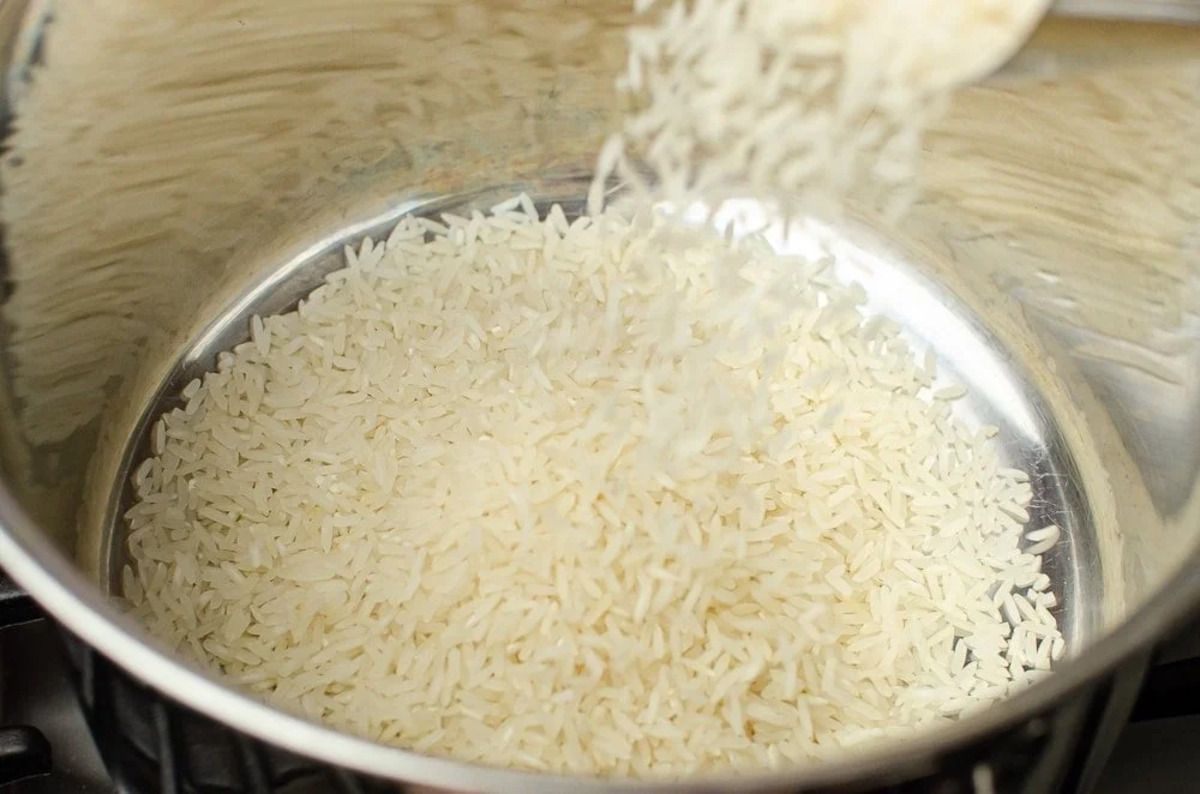

Articles
How To Make Sticky Rice With Jasmine Rice Rice Cooker
Modified: August 20, 2024
Learn how to make sticky rice with jasmine rice in a rice cooker. Step-by-step guide and tips. Easy and delicious! Read more articles on cooking with rice.
(Many of the links in this article redirect to a specific reviewed product. Your purchase of these products through affiliate links helps to generate commission for Storables.com, at no extra cost. Learn more)
Introduction
Welcome to the world of delicious, sticky jasmine rice! If you’re a fan of this fragrant and chewy staple of Asian cuisine, you may be wondering how to achieve that perfect texture at home. Look no further – in this article, we will explore the art of making sticky jasmine rice using a rice cooker.
Sticky rice, also known as glutinous rice, is a popular choice in many dishes across Southeast Asia. Its chewy and sticky texture is perfect for dishes like mango sticky rice, sushi rolls, and dumplings. Traditionally, sticky rice is steamed in a bamboo basket, which requires some specific equipment and techniques. However, with a rice cooker, you can achieve the same delicious results with ease.
Using a rice cooker offers several benefits when making sticky jasmine rice. Firstly, it provides consistent heat distribution, resulting in even cooking and a uniform texture. Secondly, it frees up your stovetop for other cooking tasks, making your meal preparation more efficient. Finally, a rice cooker is incredibly convenient – set it and forget it, allowing you to focus on other aspects of your meal.
Before we dive into the cooking process, it’s important to choose the right type of jasmine rice. Look for Thai, Vietnamese, or Cambodian jasmine rice. These varieties are known for their fragrant aroma and soft, sticky texture when cooked. Avoid long-grain jasmine rice, as it will not yield the desired stickiness.
Now that you have the basics covered, let’s move on to how to prepare the jasmine rice for cooking in a rice cooker.
Key Takeaways:
- Using a rice cooker for sticky jasmine rice ensures consistent, convenient, and time-saving results. With proper preparation and cooking techniques, you can achieve the perfect sticky texture every time, making it a worthwhile investment for any home cook.
- Selecting the right type of jasmine rice, preparing it properly, and experimenting with flavor additions and serving suggestions can elevate the experience of enjoying sticky jasmine rice. Embrace creativity and have fun exploring the versatile and delicious possibilities of this beloved Asian staple.
Benefits of Using a Rice Cooker for Sticky Jasmine Rice
Using a rice cooker for cooking sticky jasmine rice offers a range of benefits that make the process easier, more convenient, and yield consistent results. Here are some of the advantages:
- Consistent Cooking: Rice cookers provide even heat distribution, ensuring that every grain of jasmine rice is cooked to perfection. With the right water-to-rice ratio and cooking time, you can achieve a sticky and fluffy texture every time.
- Convenience: One of the main advantages of using a rice cooker is its convenience. Simply add the measured rice and water to the cooker, press a button, and let the machine do the work. This frees up your stovetop and allows you to focus on other aspects of your meal preparation.
- Time-saving: Rice cookers significantly reduce the time and effort required for cooking sticky jasmine rice. Unlike traditional methods that involve monitoring the rice as it simmers on the stovetop, a rice cooker automates the process. It saves you the trouble of constant stirring and checking for the right consistency.
- Set It and Forget It: With a rice cooker, you can set the cooking time and then leave it unattended until the rice is done. This is especially useful when you have a busy schedule or multiple dishes to prepare. Once the rice is cooked, the rice cooker will automatically switch to the “keep warm” mode to maintain the perfect temperature and texture until you’re ready to serve.
- No Guesswork: Rice cookers usually come with handy measurement guides and preset functions for different types of rice. This eliminates the guesswork involved in determining the right water-to-rice ratio and cooking time. Simply follow the instructions provided by the manufacturer for perfect results every time.
- Easy Cleaning: Most rice cookers come with a non-stick cooking pot that makes cleaning a breeze. Once the rice is cooked and served, simply remove the pot and give it a quick rinse. Some models even have removable inner lids and accessories that can be easily washed in the sink or dishwasher.
With all these benefits, it’s no wonder that rice cookers have become a popular kitchen appliance for cooking sticky jasmine rice. The convenience, time-saving aspect, and consistent results make it a worthwhile investment for any home cook.
Choosing the Right Type of Jasmine Rice
When it comes to making sticky jasmine rice, choosing the right type of rice is crucial. The right variety will give you the desired sticky and chewy texture that is characteristic of this popular Asian staple. Here are some tips to help you select the perfect jasmine rice:
- Look for Thai, Vietnamese, or Cambodian Jasmine Rice: These are the ideal varieties of jasmine rice for making sticky rice. They have the perfect balance of starchiness and moisture content, which allows the rice to stick together when cooked.
- Avoid Long-Grain Jasmine Rice: Long-grain jasmine rice is not suitable for making sticky rice. This variety has less starch and tends to be fluffier and drier when cooked. Stick to the Thai, Vietnamese, or Cambodian varieties for the best results.
- Check for Aroma: Jasmine rice is known for its fragrant aroma. Before purchasing, give the rice a sniff to ensure it has a pleasant and strong fragrance. The aroma is a good indicator of the quality and freshness of the rice.
- Inspect the Texture: Take a look at the grains of jasmine rice. They should have a translucent appearance and a slightly sticky texture. Avoid rice that has a dull color or broken grains, as they may not cook evenly.
- Consider Organic or Specialty Varieties: If you prefer organic or specialty rice options, look for certified organic jasmine rice or heirloom varieties. These options may come with a slightly higher price tag but offer unique flavors and textures.
- Buy from a Reputable Source: Purchase your jasmine rice from a trusted supplier or brand to ensure quality and authenticity. Look for rice that is well-packaged and sealed to maintain freshness.
Once you have selected the right type of jasmine rice, store it in a cool and dry place, away from direct sunlight and moisture. This will help to preserve the flavor and quality of the rice for an extended period.
Now that you know how to choose the perfect jasmine rice, let’s move on to the next step – preparing the rice for cooking.
Preparing the Jasmine Rice for Cooking
Before cooking jasmine rice in a rice cooker, it’s important to prepare the rice properly to ensure optimal results. Follow these steps to prepare the jasmine rice for cooking:
- Measure the Rice: Use a measuring cup to accurately measure the desired amount of jasmine rice. A general rule of thumb is to use 1 cup of rice for 2 cups of cooked rice, but you can adjust the quantities based on your needs.
- Rinsing the Rice: Place the measured rice in a fine-mesh sieve or colander and rinse it under cold running water. Gently stir the rice with your fingers while rinsing to remove any excess starch. Continue rinsing until the water runs clear.
- Soaking the Rice: Soaking rice is an optional step but can help to achieve a stickier texture. Place the rinsed rice in a bowl and cover it with cold water. Allow it to soak for 15-30 minutes. After soaking, drain the rice and give it a final rinse before cooking.
- Measuring the Water: The water-to-rice ratio is crucial for achieving the perfect texture. As a general guideline, use 1.5 cups of water for every cup of jasmine rice. However, the ratio may vary based on personal preference and the specific brand of rice. Adjust accordingly to achieve the desired stickiness.
- Adding Flavor (Optional): At this stage, you can choose to add additional flavor to the rice by incorporating ingredients like pandan leaves or coconut milk. These additions will infuse the rice with a delightful aroma and taste.
Once you have prepared the jasmine rice for cooking, it’s time to turn to your trusty rice cooker. Follow the next section to learn the step-by-step process of cooking sticky jasmine rice in a rice cooker.
After rinsing the jasmine rice, use a 1:1 ratio of rice to water in the rice cooker. Let the rice soak for 30 minutes before cooking to achieve a sticky texture.
Cooking Jasmine Rice in a Rice Cooker
Cooking jasmine rice in a rice cooker is a simple and foolproof method to achieve perfectly sticky rice. Follow these step-by-step instructions to cook jasmine rice in a rice cooker:
- Add the Rice and Water: Once you have prepared the jasmine rice, transfer it to the rice cooker’s inner pot. Add the measured water to the pot, following the recommended water-to-rice ratio for sticky rice.
- Optional Flavorings: If you want to add extra flavor to your jasmine rice, now is the time to incorporate optional ingredients like pandan leaves or coconut milk. Place the flavoring ingredients on top of the rice and water mixture.
- Give it a Stir: Use a fork or a rice paddle to gently stir the rice and water mixture. This will help distribute the flavorings evenly and ensure that all the rice grains are in contact with the water.
- Cover and Start Cooking: Place the lid securely on the rice cooker, and select the appropriate setting for jasmine rice or sticky rice. If your rice cooker does not have a specific setting, choose the “white rice” or “regular” setting. Press the start button to begin the cooking process.
- Let it Cook: Leave the rice cooker undisturbed while the rice cooks. Avoid opening the lid or stirring the rice during the cooking process, as this can lead to uneven cooking and affect the final texture.
- Keep Warm Mode: Once the cooking cycle is complete, the rice cooker will automatically switch to the “keep warm” mode. This will keep the rice at a warm and safe temperature until you’re ready to serve.
- Resting Time: For optimal stickiness, let the rice rest in the rice cooker for about 10-15 minutes after it has finished cooking. This allows the steam to redistribute and the rice to settle.
- Fluff and Serve: Finally, fluff the cooked jasmine rice gently with a fork or rice paddle to separate the grains. Serve the sticky rice immediately while it’s still warm and enjoy!
Remember, the cooking times and settings may vary depending on your specific rice cooker model. Always refer to the manufacturer’s instructions and adjust the cooking parameters as needed.
Now that you have mastered the art of cooking sticky jasmine rice in a rice cooker, let’s explore some tips and tricks to ensure perfect results every time!
Read more: Why Is My Rice Sticky In The Rice Cooker
Tips and Tricks for Perfect Sticky Rice
To achieve the perfect sticky jasmine rice every time, here are some helpful tips and tricks to keep in mind:
- Use the Right Amount of Water: The water-to-rice ratio is crucial for the texture of sticky rice. Start with a 1.5:1 ratio of water to rice, but adjust it according to personal preference and specific rice brand instructions.
- Soaking the Rice: Soaking the rice before cooking can help achieve a stickier texture. If you choose to soak the rice, aim for 15-30 minutes of soaking time. Drain well before cooking.
- Avoid Lifting the Lid: Once the rice is cooking in the rice cooker, avoid lifting the lid or stirring the rice. This can disrupt the steaming process and affect the final texture.
- Resting Time: Allow the cooked rice to rest in the rice cooker for a few minutes after it’s done cooking. This resting time allows the steam to redistribute, resulting in a more evenly cooked and stickier rice.
- Fluff with a Fork or Rice Paddle: After the resting time, gently fluff the rice with a fork or rice paddle to separate the grains. This will help prevent clumping and ensure an evenly textured sticky rice.
- Store Properly: If you have leftover sticky jasmine rice, store it in an airtight container in the refrigerator. To reheat, sprinkle some water on the rice and steam it for a few minutes to revive the stickiness.
- Experiment with Flavor Additions: While traditional sticky rice is enjoyed plain, feel free to experiment with flavor additions. Try adding pandan leaves, coconut milk, or other aromatic ingredients to infuse the rice with a delightful flavor and aroma.
- Pair with Delicious Dishes: Sticky jasmine rice is a versatile side dish that pairs well with a variety of dishes. Enjoy it with stir-fries, curries, grilled meats, or as a base for sushi rolls or rice bowls.
Remember, practice makes perfect – don’t be discouraged if your first attempt doesn’t turn out exactly as you hoped. With time and experience, you’ll become a pro at making sticky jasmine rice in a rice cooker.
Now that you have a grasp on all the necessary techniques and tips, let’s explore some tasty serving suggestions for the sticky jasmine rice.
Serving Suggestions for Sticky Jasmine Rice
Sticky jasmine rice is a versatile and delicious side dish that pairs well with a wide range of dishes. Here are some tasty serving suggestions to inspire your culinary creations:
- Mango Sticky Rice: Indulge in this classic Thai dessert by serving sticky jasmine rice with freshly sliced ripe mangoes and a drizzle of sweet coconut sauce. The combination of the sticky rice, juicy mangoes, and creamy sauce is simply divine.
- Stir-fries and Curries: Use sticky jasmine rice as a delicious accompaniment to your favorite stir-fries and curries. The sticky texture of the rice pairs well with the bold flavors and sauces of Asian-inspired dishes.
- Sushi Rolls and Onigiri: Roll up the sticky rice with your favorite fillings to create homemade sushi rolls. Alternatively, shape the rice into bite-sized onigiri (rice balls) and top them with various fillings like grilled salmon, pickled vegetables, or sesame seeds.
- Dumplings and Buns: Use sticky jasmine rice as a filling for dumplings or stuff it inside steamed buns for a delicious twist. You can create savory dumplings with fillings like pork or vegetables or sweet dumplings filled with red bean paste.
- Rice Bowls: Create a vibrant rice bowl by layering sticky jasmine rice with marinated proteins, steamed vegetables, and a drizzle of flavorful sauce. Customize your bowl with toppings like fried egg, pickled vegetables, or herbs.
- Coconut Rice Pudding: Turn sticky jasmine rice into a creamy and comforting dessert by simmering it with coconut milk, sugar, and your favorite spices like cinnamon or cardamom. Top it with fresh fruits or toasted nuts for an extra indulgence.
- Side Dish for Grilled Meats: The sticky texture of jasmine rice pairs perfectly with grilled meats like teriyaki chicken or barbecued pork. Serve it alongside your favorite grilled meats for a satisfying and flavorful meal.
- Fried Rice: Transform leftover sticky jasmine rice into a delicious fried rice by stir-frying it with vegetables, proteins, and seasonings. The sticky rice adds a unique texture and richness to the dish.
These are just a few ideas to get your culinary creativity flowing. Feel free to experiment and create your own unique combinations using sticky jasmine rice as a base. The possibilities are endless!
Now that you have learned various serving suggestions, it’s time to put your skills to the test and enjoy the delightful flavors of sticky jasmine rice.
Remember, practice and experimentation are key to discovering your favorite ways to enjoy this versatile and delicious dish. So don’t be afraid to get creative and have fun in the kitchen!
Conclusion
Congratulations! You have now learned how to make sticky jasmine rice using a rice cooker. By following the steps outlined in this article, you can confidently create delicious and perfectly textured sticky rice right in your own kitchen. The benefits of using a rice cooker for cooking sticky rice are significant – it offers convenience, consistent results, and saves time and effort.
Remember to choose the right type of jasmine rice, such as Thai, Vietnamese, or Cambodian varieties, for the optimal stickiness. Preparing the rice by rinsing and optionally soaking it helps achieve the desired texture. Cooking the jasmine rice in a rice cooker is a simple process – just add the rice, water, and optional flavorings, and let the machine do the work. Allow the rice to rest before fluffing and serving.
Throughout your sticky rice journey, remember to apply the tips and tricks shared to enhance your results. Experiment with different flavors, pair it with various dishes, and let your creativity shine. Whether you enjoy it with mangoes, in sushi rolls, or as a side dish with grilled meats, sticky jasmine rice is a versatile and delicious addition to any meal.
Now that you have mastered the art of making sticky jasmine rice, it’s time to put your skills to the test. Gather your ingredients, fire up your rice cooker, and savor the delectable flavors and textures of homemade sticky rice. With practice, you’ll become an expert at making this beloved Asian staple.
So go ahead, embrace the world of sticky jasmine rice and enjoy every bite. Happy cooking!
Frequently Asked Questions about How To Make Sticky Rice With Jasmine Rice Rice Cooker
Was this page helpful?
At Storables.com, we guarantee accurate and reliable information. Our content, validated by Expert Board Contributors, is crafted following stringent Editorial Policies. We're committed to providing you with well-researched, expert-backed insights for all your informational needs.
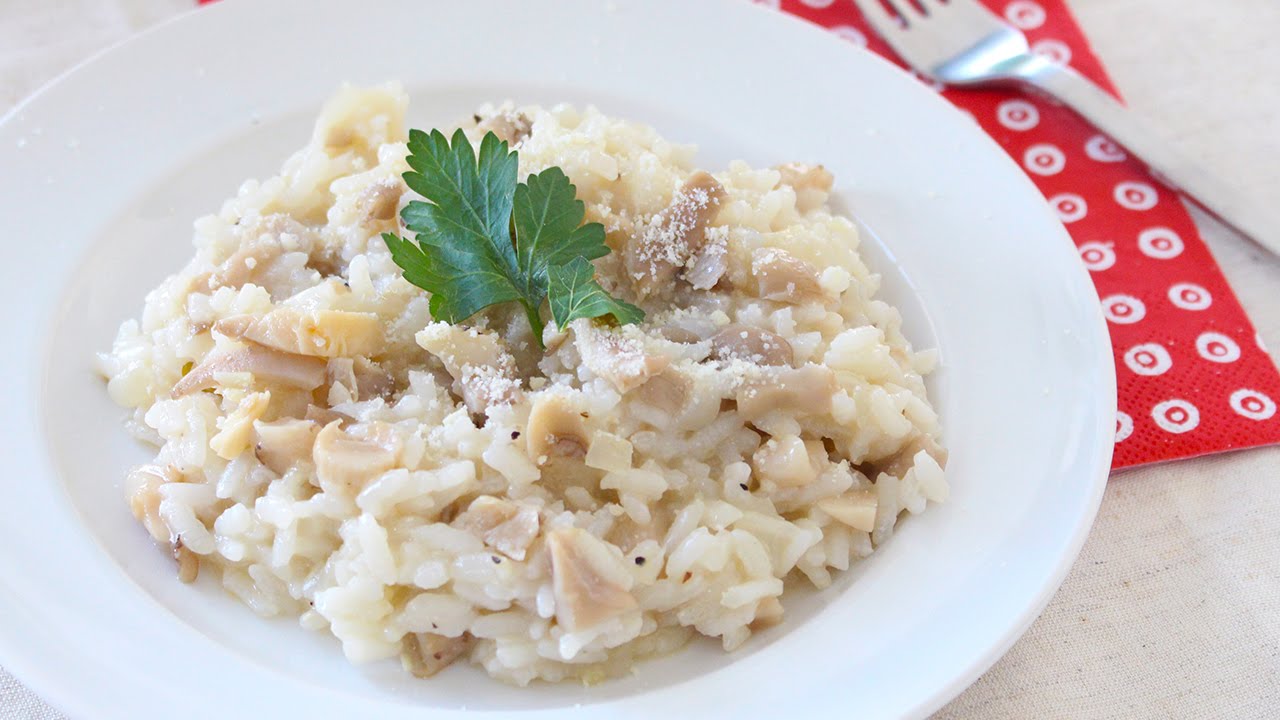
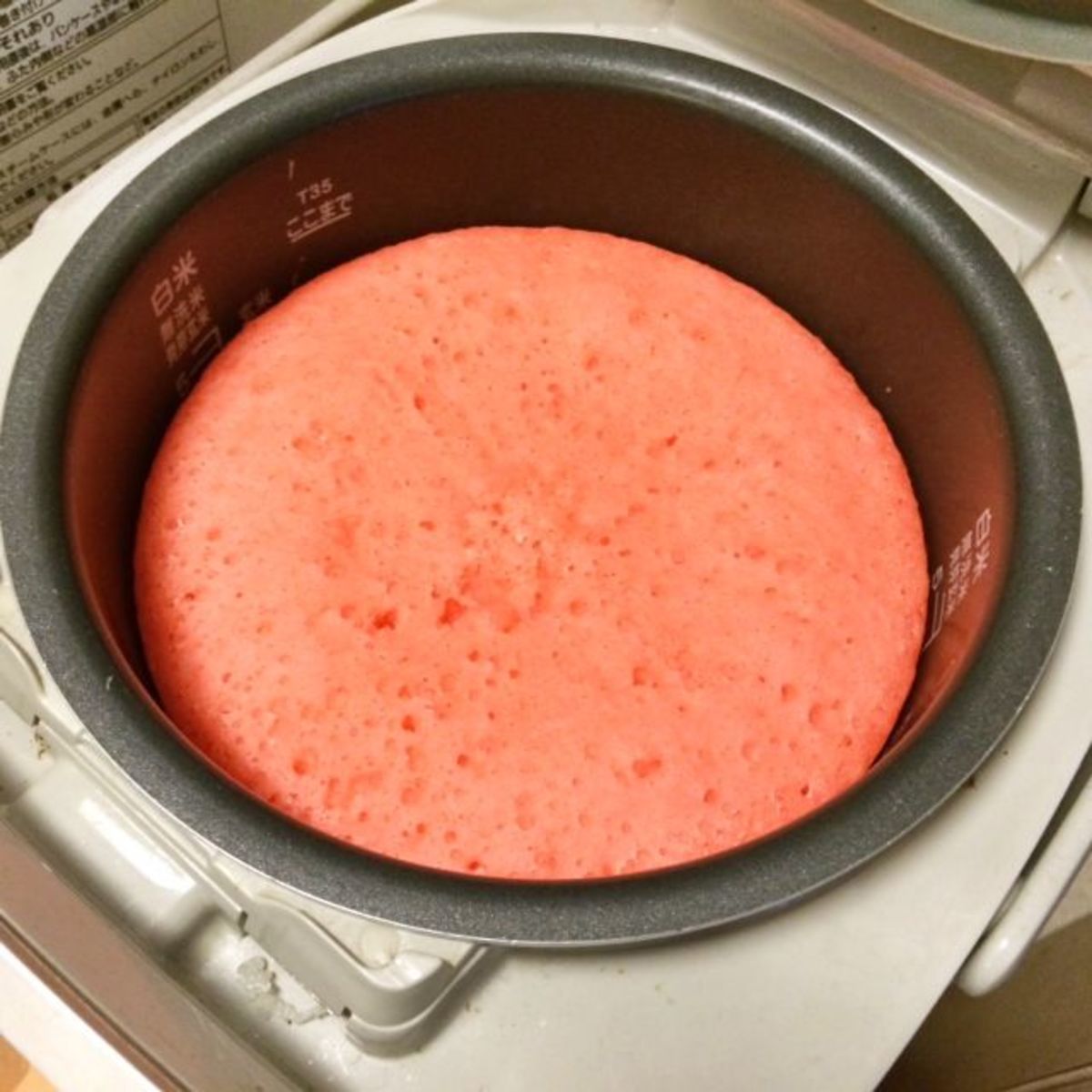
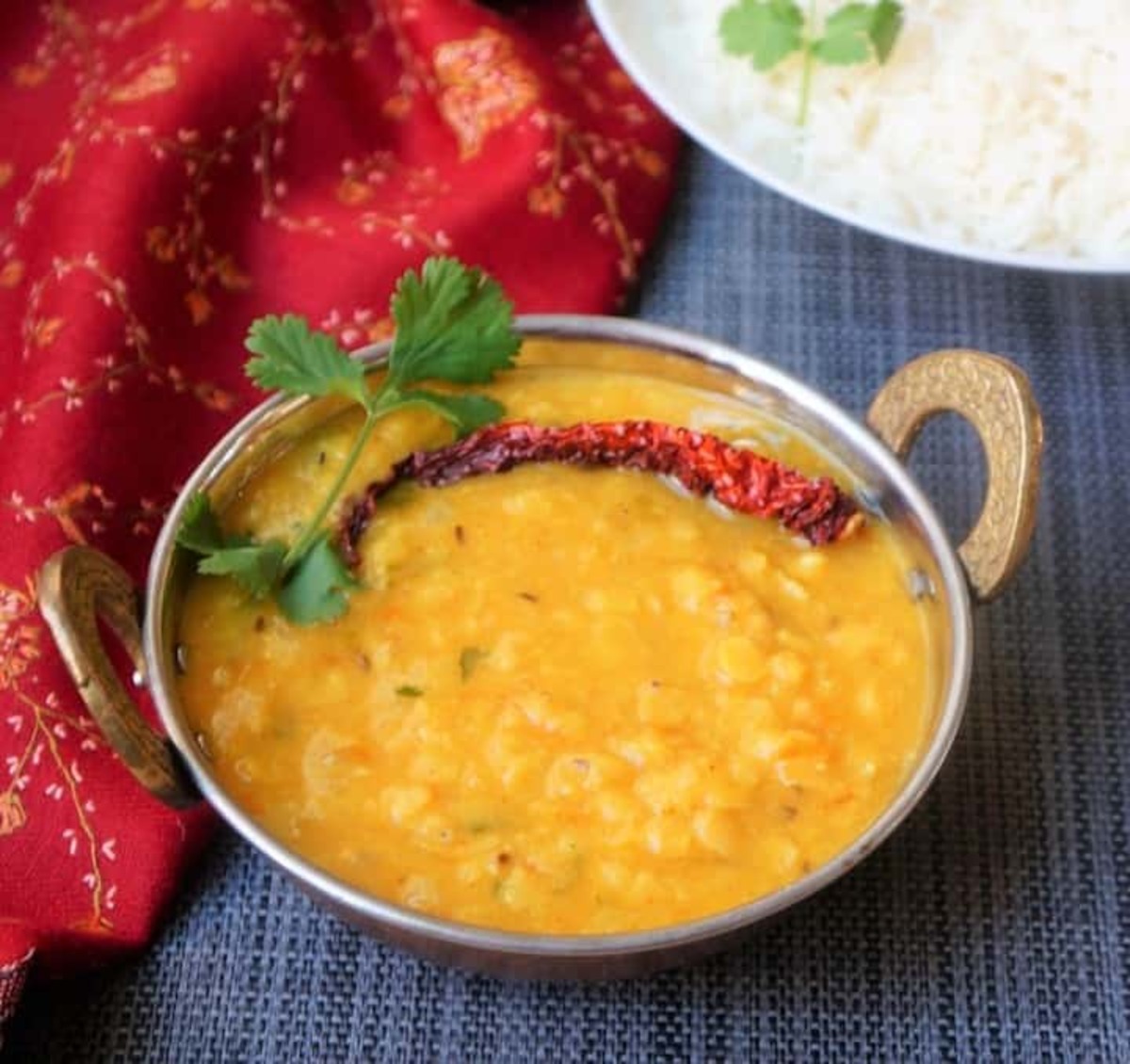
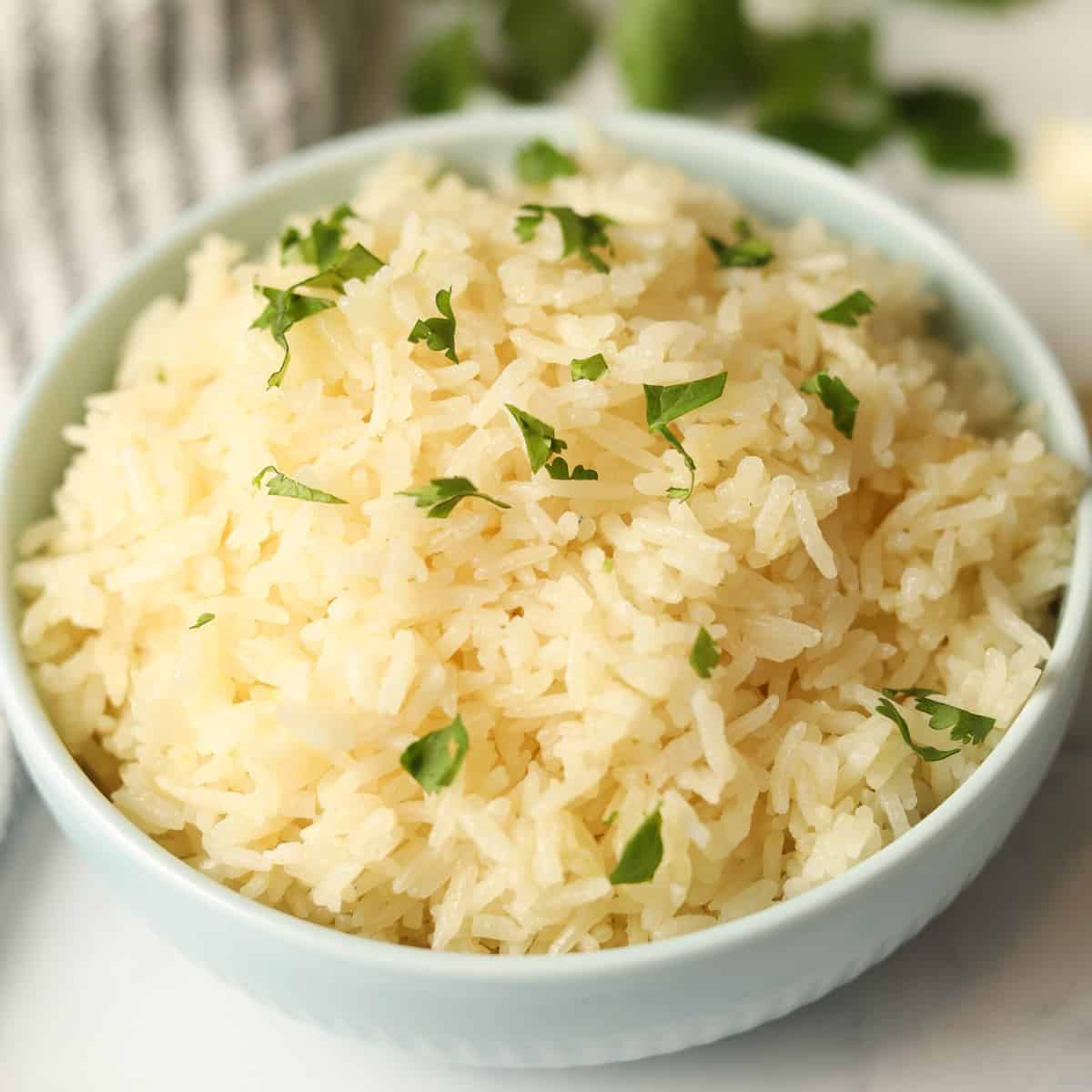
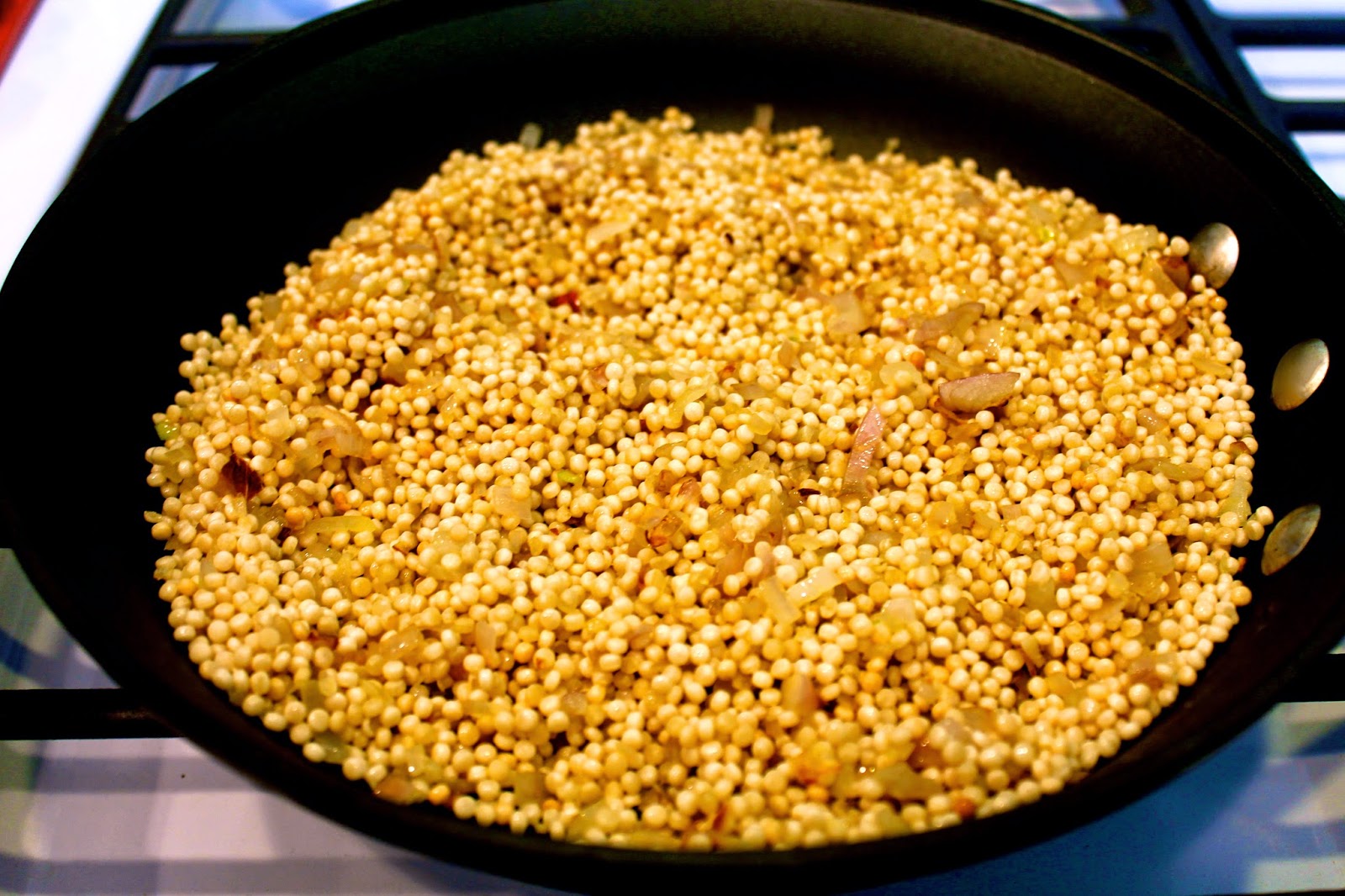
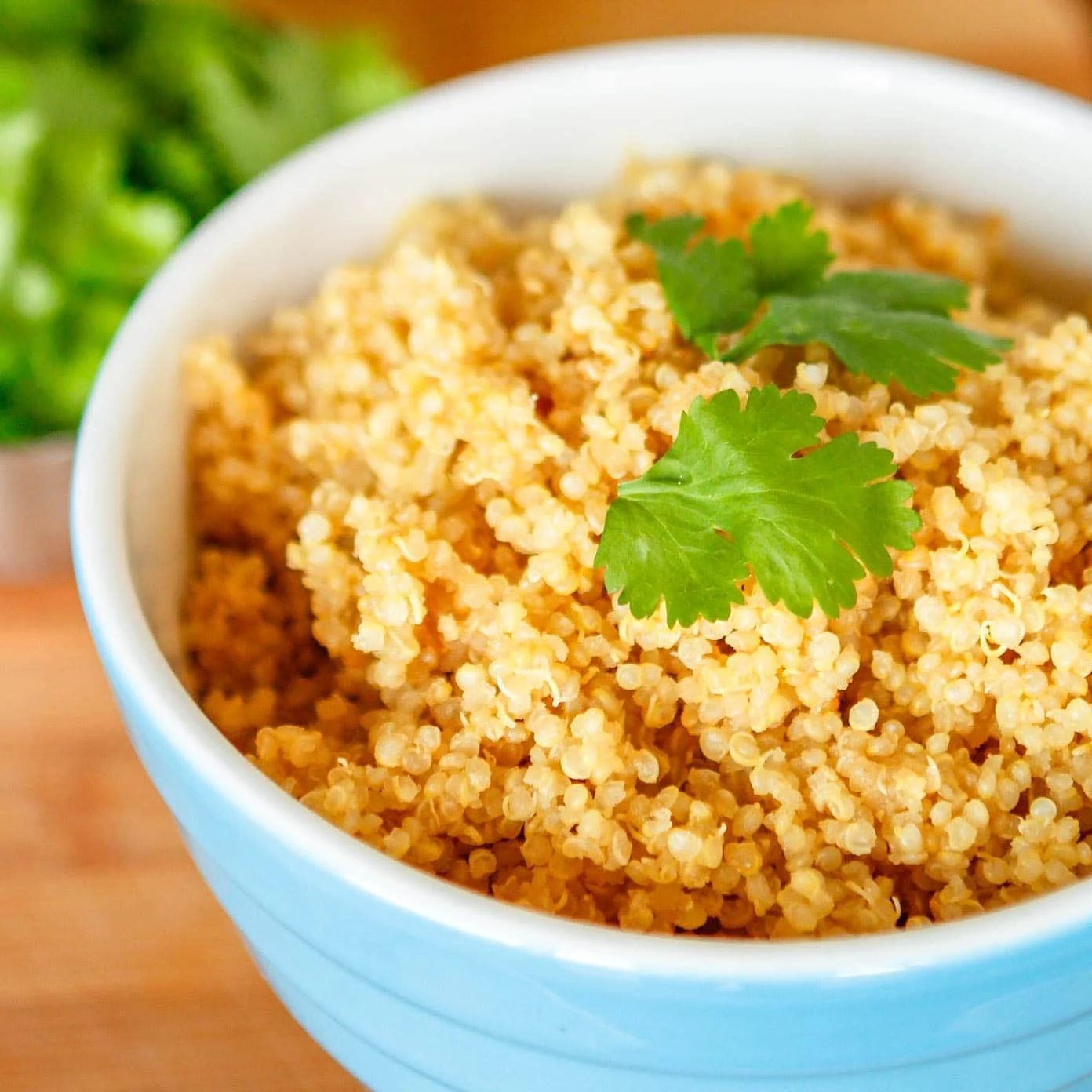
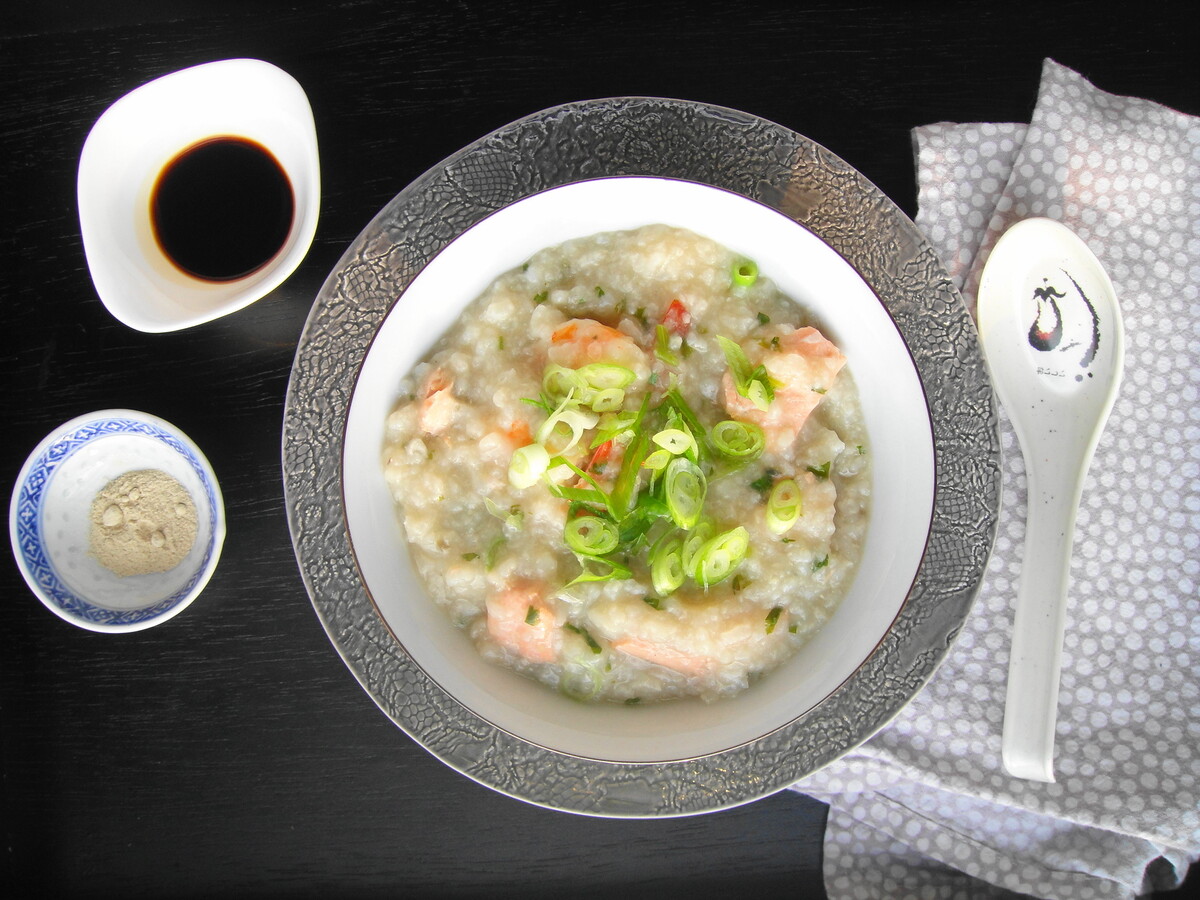

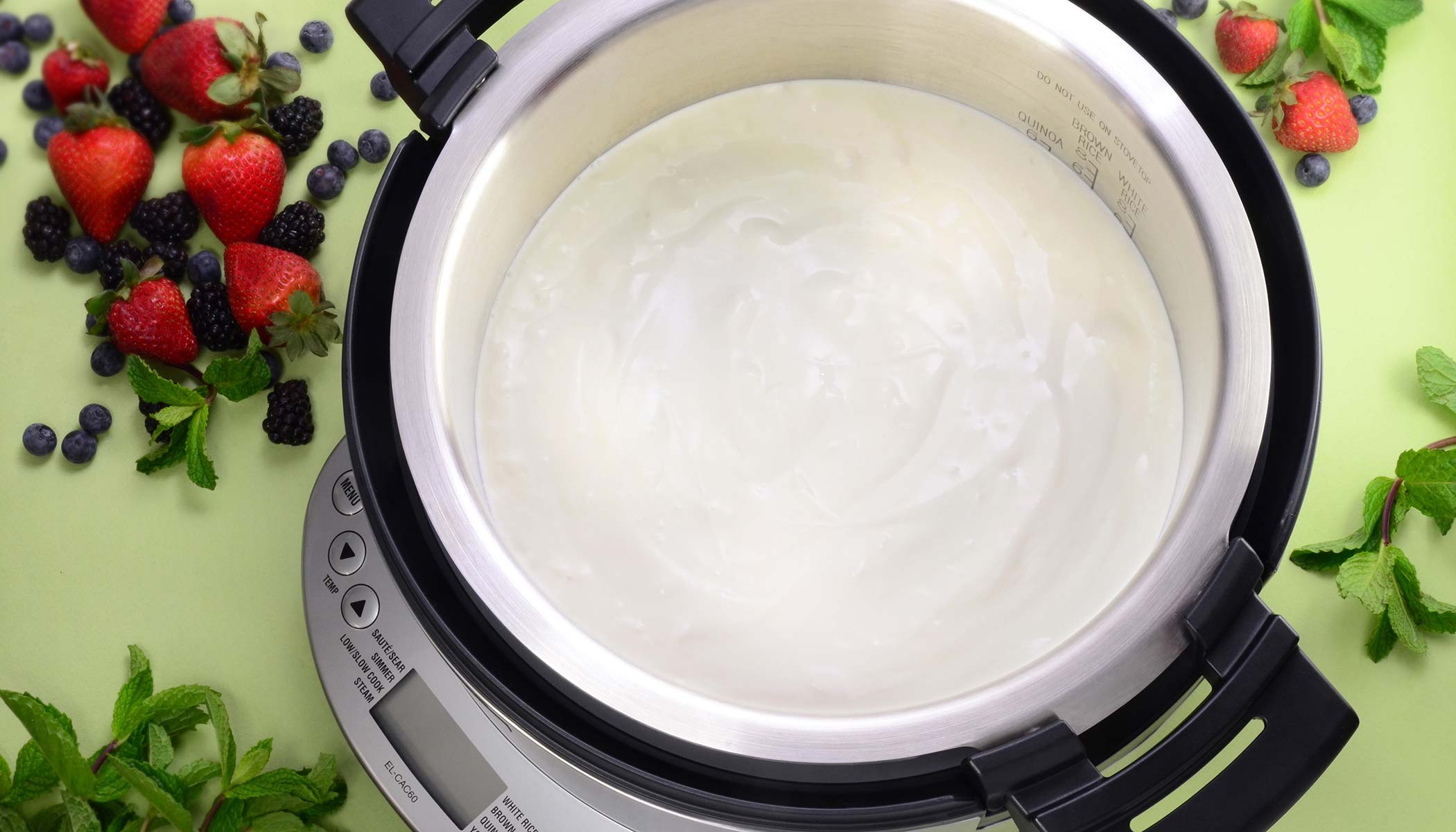
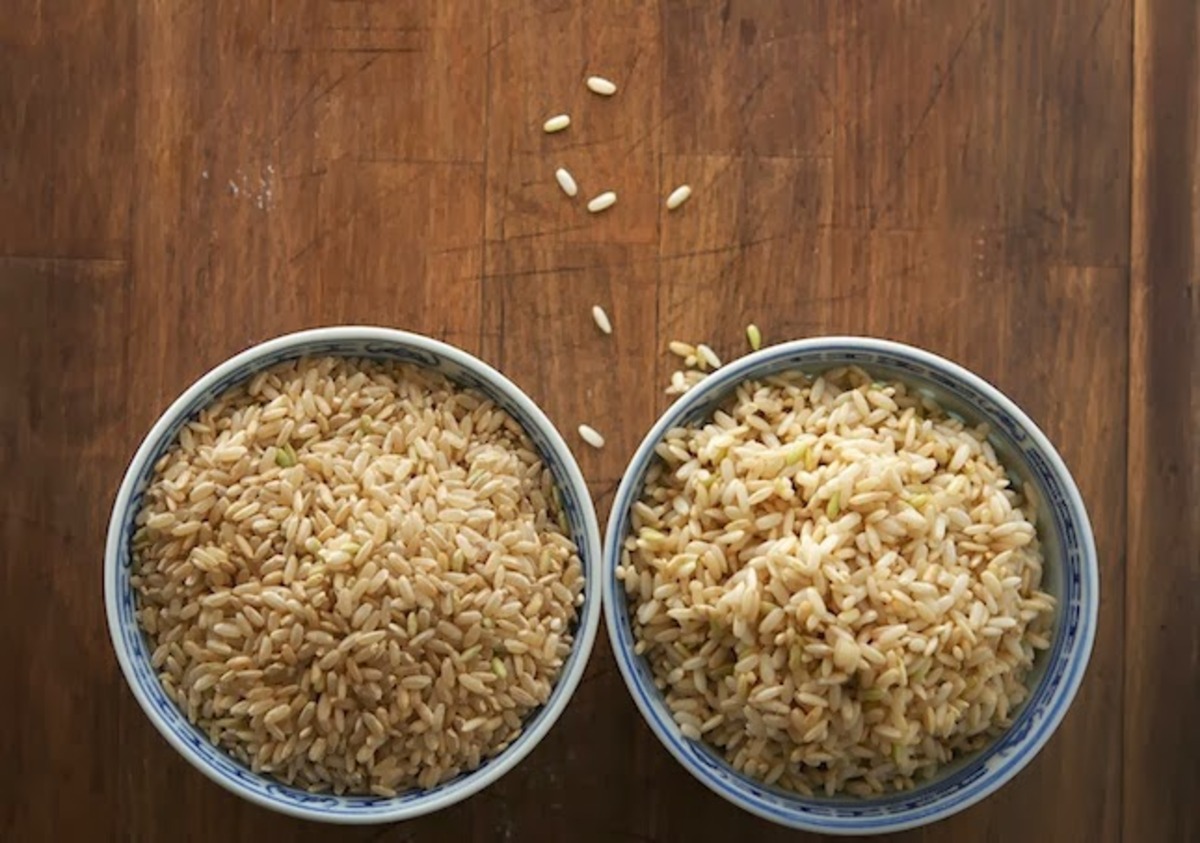
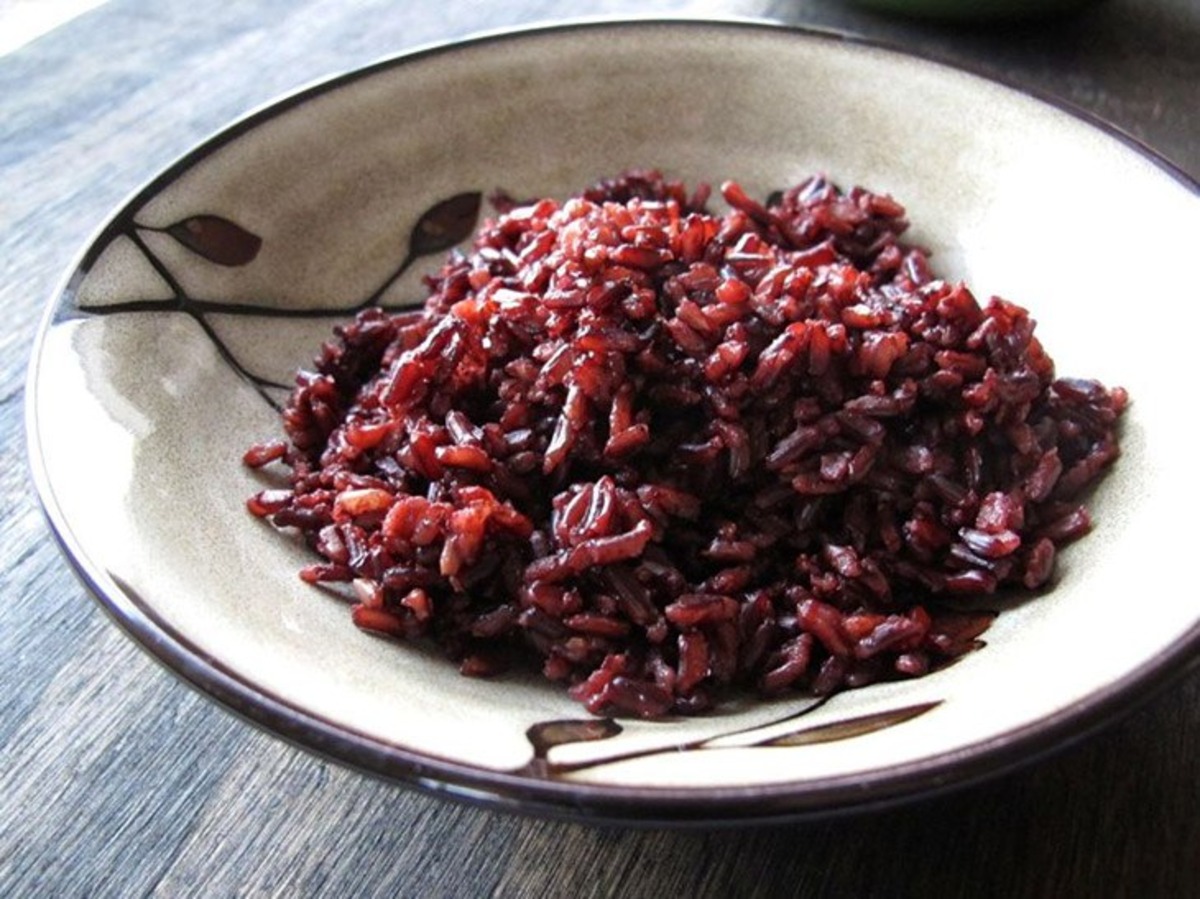
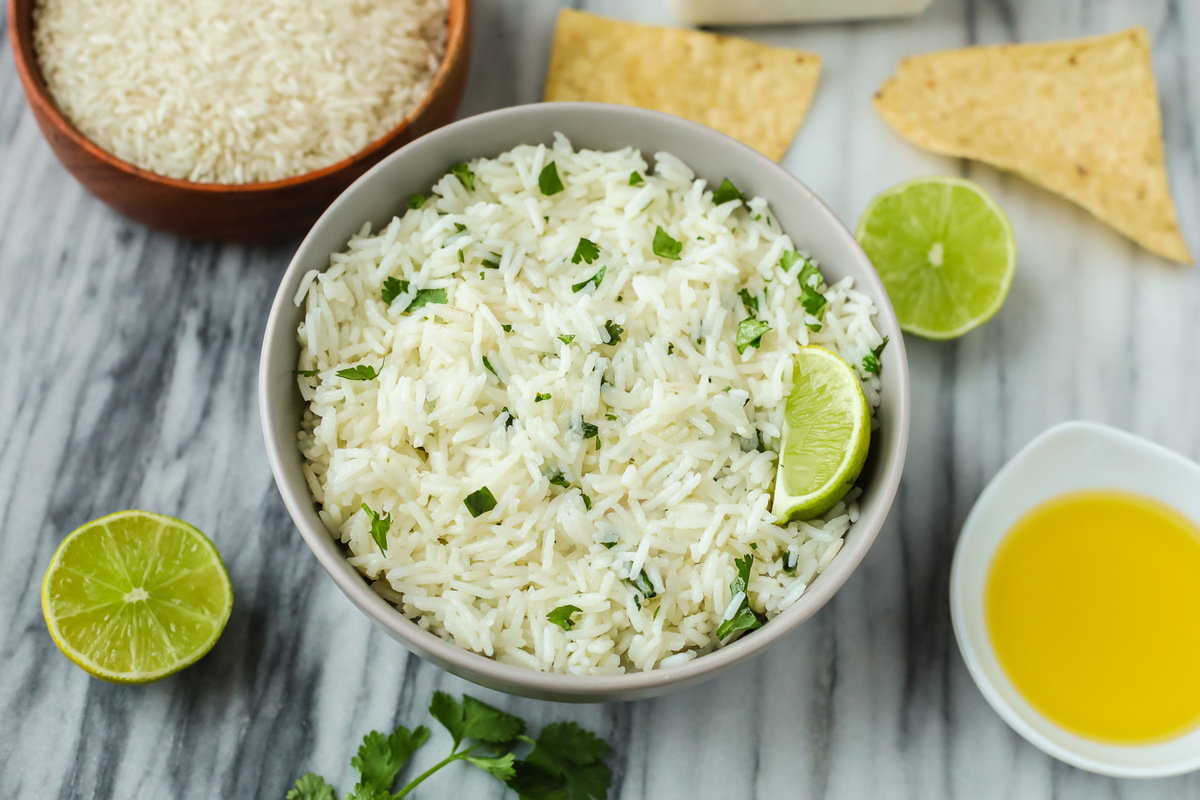
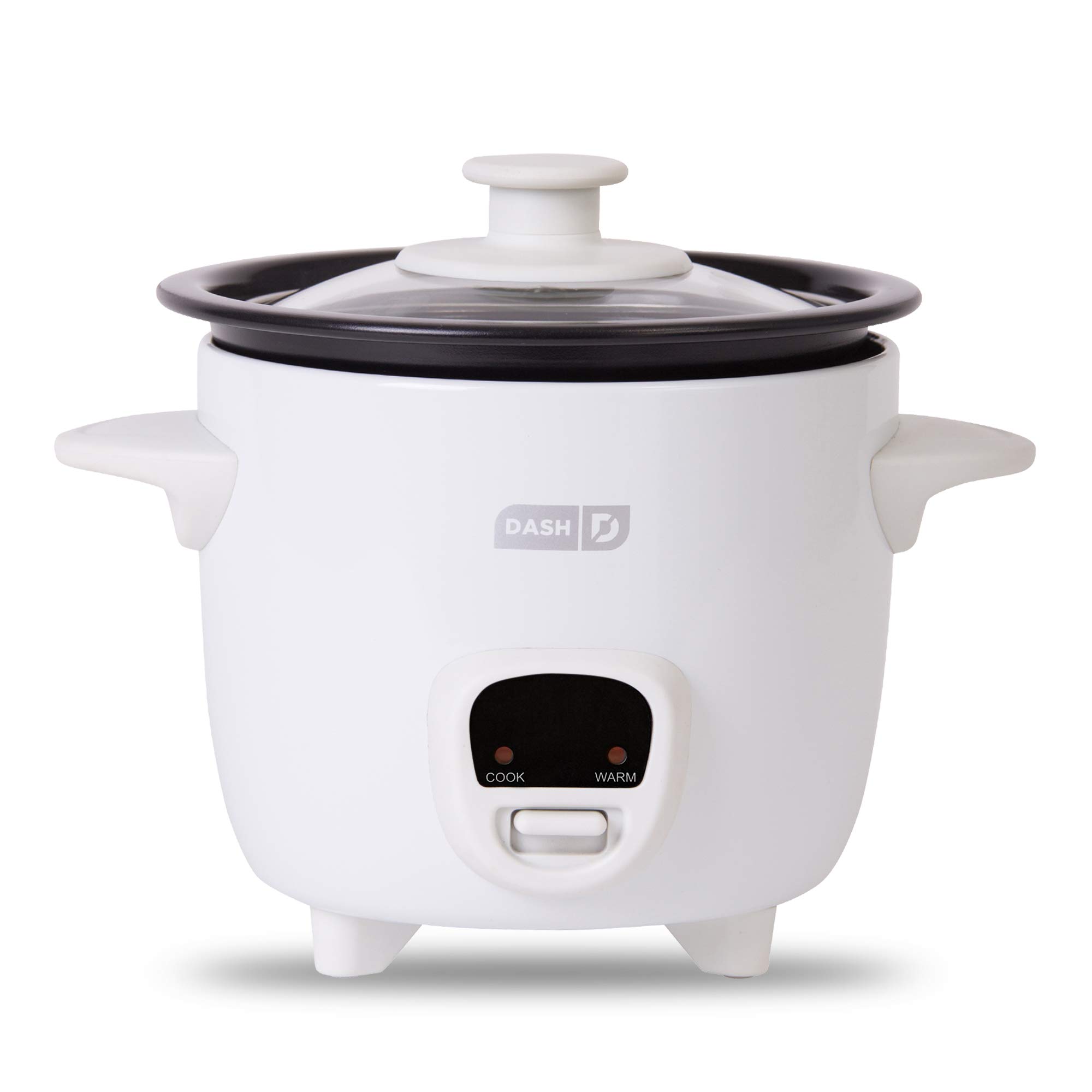
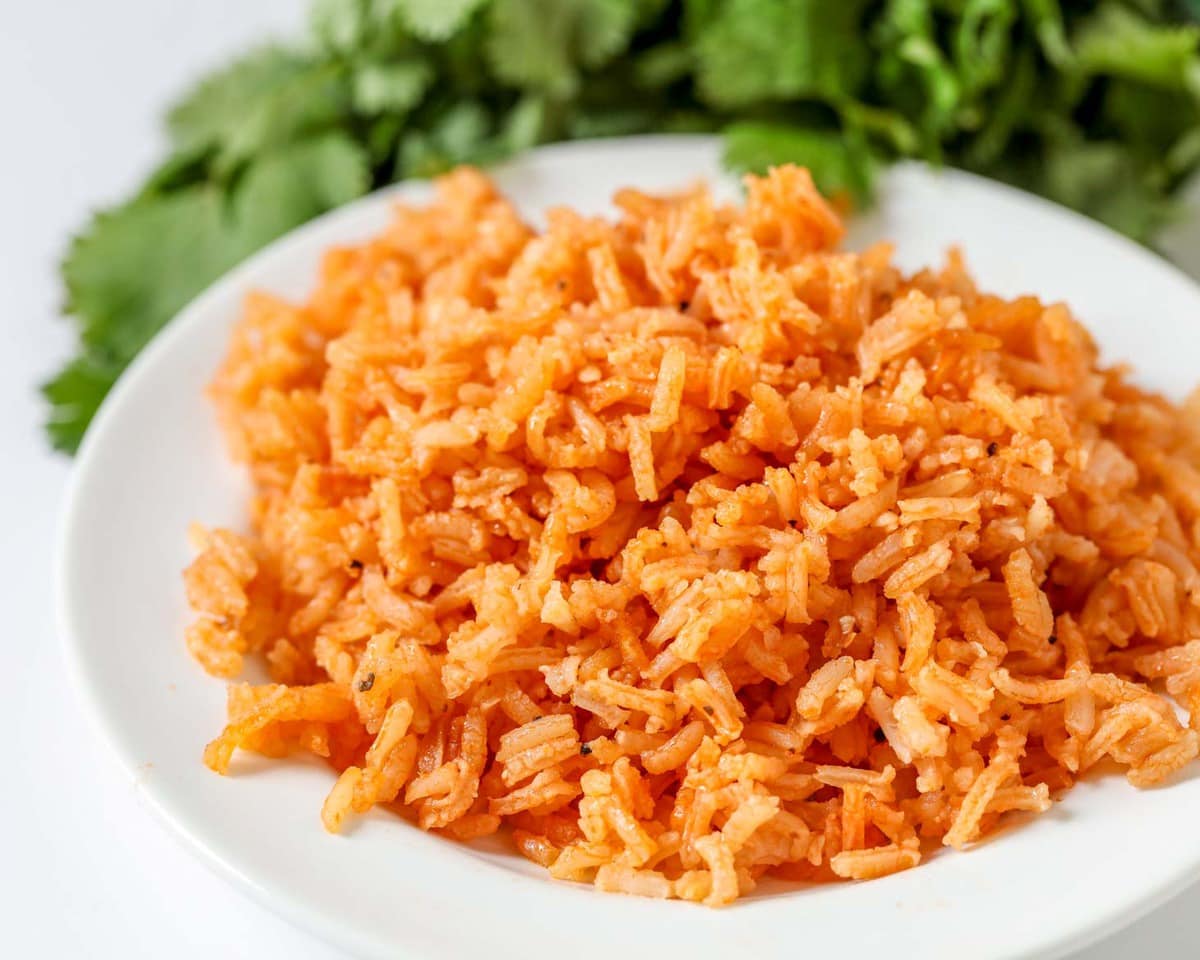

0 thoughts on “How To Make Sticky Rice With Jasmine Rice Rice Cooker”